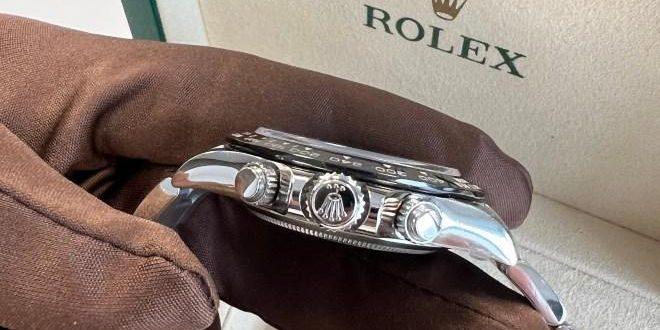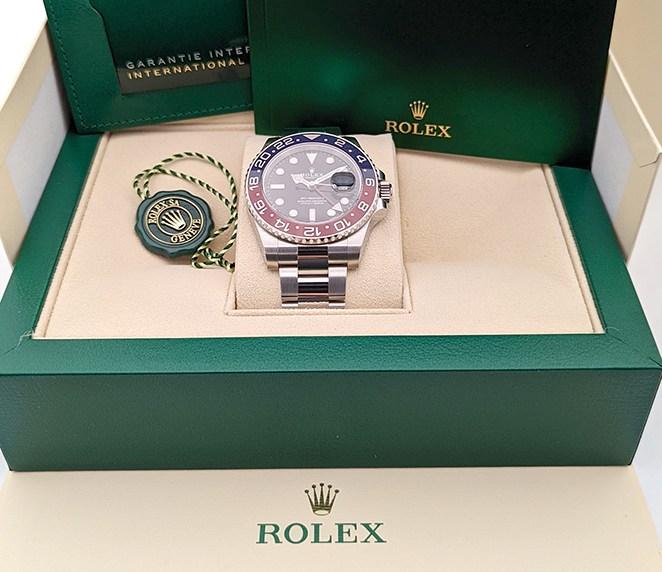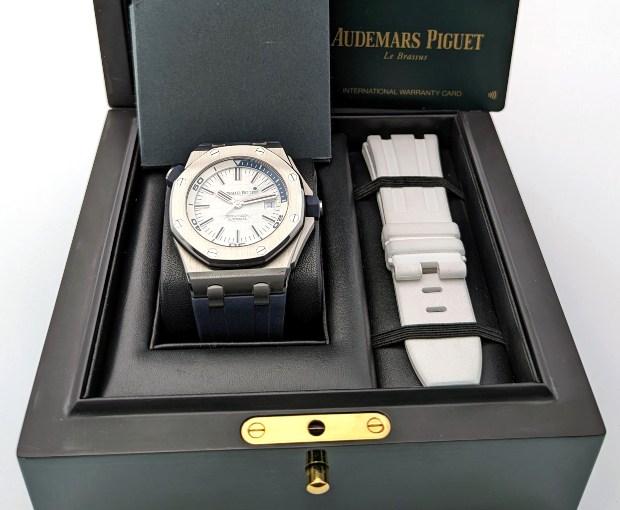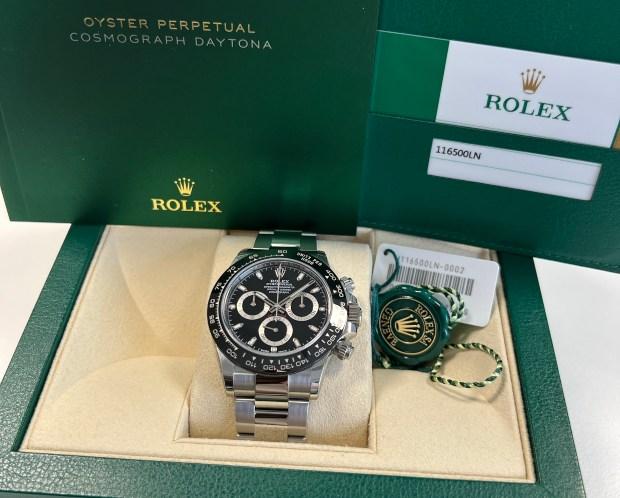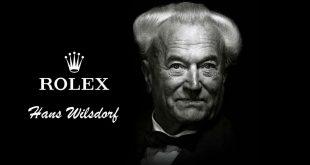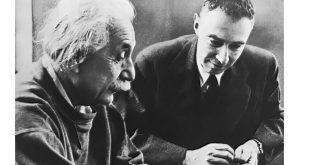« Remembering a watch expert of the early days »
The influential Munich watch expert, collector and author Christian Pfeiffer-Belli passed away on December 9, 2021. Made famous as editor-in-chief of the magazines “Alte Uhren” and “Klassik Uhren,” he shaped the world of timepieces since the 1970s with unparalleled knowledge and more than 50 specialized books. Companions describe Pfeiffer-Belli as a helpful and lovable person who knew a competent answer to every watch question.
Allies of the watchmaking world: Pfeiffer-Belli and Gisbert L. Brunner
In the early years of his career, Pfeiffer-Belli’s path intersected with that of Gisbert L. Brunner, who today probably is Germany’s most influential watch journalist. The two luminaries of chronometric passion met in 1978, when Brunner purchased a pendulum clock at the Auer Dult art and antiques market in Munich. Driven by a hunger for knowledge about his valuable piece, he became aware of Christian Pfeiffer-Belli through a friend, who liked to call himself “CBP” and at that time published a new book – the “Klaus Erbrich Präzisionspendeluhren” (Klaus Erbrich Precision Pendulum Clocks) in the Munich Callwey publishing house. It should be noted that there were no horological constructions about which the clock specialist did not have spectacular knowledge. No sooner had he called than he was standing at Brunner’s door, showing great interest in the pendulum clock. The foundation stone for an extraordinary watchmaking friendship had been set.
Competition of watch collectors
If the passion for ticking mechanics runs deep, every watch lover will one day turn into a collector. Brunner, a law graduate, was particularly diligent and started a collection in the 1960s that grew to more than 800 pieces during the 1970s. This must have impressed Christian Pfeiffer-Belli – who himself was an avid watch collector. Above all, the subject of wristwatches bonded the two and sparked a friendly competition between the collectors. This “battle” was rather fought with each other than against each other; in one day, the two watch connoisseurs together purchased half of all the watches in a store.
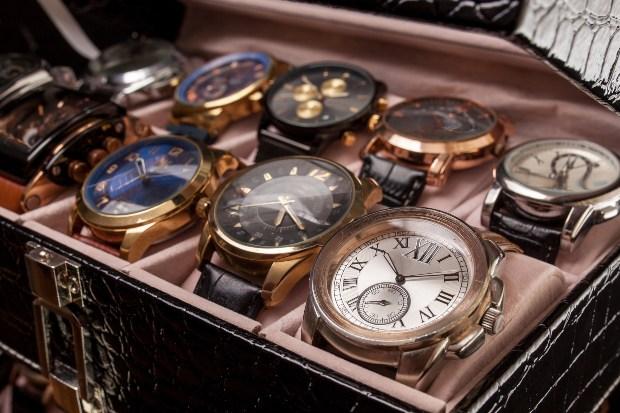
“Classic Watches”: Pfeiffer-Belli’s masterpiece
It was also Pfeiffer-Belli who convinced the lawyer Brunner to write his first article on wristwatches in 1981. The work appeared in the magazine “Alte Uhren,” a trade journal for historical timepieces launched by CPB in 1978. As editor-in-chief, the watch connoisseur left his mark on the magazine for more than 40 years, which was taken over by the Ebner publishing house in 1994 and renamed “Klassik Uhren”. Until it was discontinued in 2020, the bi-monthly magazine was the only one in the German-speaking world to focus explicitly on older timepieces.

Today, the magazines, in which articles by Pfeiffer-Belli’s companion Gisbert L. Brunner appeared again and again during their decades-long success story, are cult. Flipping through the magazine, one finds a literary treasure trove of CBP and selected authors who are among the best in the world in their subfields. Brands, models, complications – if you want to learn first-hand about timepieces and are looking for information that is not available on every Internet site, you should pick up one or two “Klassik Uhren”.
Book projects for eternity
Together with Brunner, Christian Pfeiffer-Belli realized dozens of important book projects over a period of 40 years. In particular, the work ” Armbanduhren” (“Wristwatches”) (Callwey), first published in 1983 and later expanded several times, brought the befriended connoisseurs great success, along with other books. More recently, the 500-page “The Watch Book” (teNeues publishing house) is considered one of the most important watch books and was created – like the earlier works – by Brunner and Pfeiffer-Belli in a familiar division of labor: Brunner produced the texts, CPB the pictures. The same applies to the popular Watch Book Rolex (teNeues), to which Pfeiffer-Belli contributed important images. In addition, the creative watch expert initiated significant brand books on Patek Philippe and Audemars Piguet, the latter work having a special history.
The story takes place in Mumbai in 1990. CPB and Brunner, in search of new information about the Audemars Piguet book, are walking through a cemetery and are threatened by a group of men with knives to hand over their hidden money. The duo manages a narrow escape. Back at the hotel, they celebrate their good fortune with champagne and become even closer.
Central head at Ebner Publishing House
It should also be mentioned that, in addition to “Klassik Uhren,” Christian Pfeiffer-Belli provided a number of other Ebner publishing house magazines with his knowledge. In addition to “Chronos,” “Uhren-Magazin,” of which CPB was editor for several years, also benefited from the expert’s knowledge. Pfeiffer-Belli was extremely popular among the editors of these magazines as well as the online magazine watchtime.net and used his experience well beyond retirement age to provide colleagues in need of help with pictures, books and manuscripts on all topics. A watch specialist with heart and willingness to help, who despite 20 years of illness still put all his energy into his horological passion at the age of 80. CPB was no ordinary watch author; he had a mission: to collect vast amounts of specialized knowledge and make it available to enthusiasts in an understandable form.

A work that does not fade
That the respected connoisseur died on December 9, 2021, at the age of 81, saddens the watchmaking world. Probably no obituary is accurate enough to adequately reflect Pfeiffer-Belli’s work and character. His works, on the other hand, are: With decades of work, the exceptional specialist has compiled an imperishable and such a rich fund of watch knowledge in magazines and books that whole generations of enthusiasts and authors will still benefit from him. The master is gone, but his work remains. May CPB be remembered by the watch world for a long time to come.
 Uhrinstinkt Magazine
Uhrinstinkt Magazine
